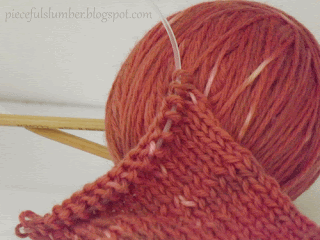Friday, August 31, 2012
What I learned from YouTube
I was assigned the appetizer for a group dinner -- that's easy right? Or you can make things hard on yourself. You can google things. You can have a great veggie dip (take a jar of pesto and a block of cream cheese and add enough milk to make it blend smoothly in the mixer and you get dip that people love and rave about) and you can begin innocently enough thinking you want to make one little vegetable flower to garnish a tray of cut veggies.
Be warned: YouTube will suck you in with fantastic amazing demonstrations of vegetable (and fruit) carving. There are some truly talented people doing amazing perishable art. That's the first thing you learn. The second thing you learn is that most of these people don't speak English. Which makes the third thing a little harder to learn -- the third thing you learn is how to make some of those veggie flowers yourself.
I am particularly fond of the way my carrot flowers look almost good enough to be recognizable as flowers. By the way, some of the things you learn from actually making those carrot flowers? Carrots will stain your hands yellow if you work with them for three hours straight. They really do get stiffer and crisper in a bowl of ice water just like the lady from Thailand says. And seriously, if it takes three hours to make five sad little carrot flowers like that how amazing must God be to have created real flowers and carrots in the first place! :)
Saturday, August 4, 2012
August Dye
I have a dented pot I bought intentionally for dying in. It was discounted because of the damage, which damage also makes it easy to spot that this is not one of my cooking pots, and my "spoon" is an old stick so I don't worry about the toxicity levels of my dye ingredients. Natural dyes can be just as toxic as chemical dyes. So even though I tend to go for natural dyes I still don't want my experiments mixing with my food.
The vinegar and sumac are both acidic enough to act as the only mordant necessary. Or so I thought. I was attempting to dye cotton this time too, but cotton clearly needs more mordanting. Coming out of they dye pot the cotton lost more than half its color in the first rinse, although the resulting pastel is not unpleasant.
The wool on the other hand held its deeper richer color beautifully. Isn't it pretty?As you can see there is quite a lot of variation in the resulting wool yarn, lighter bits where the knots of the skein kept the dye from penetrating, darker bits where it oxidized or brushed up against the pot and a few purpler streaks where I didn't get all the plant matter out of the pot before putting the yarn in and it must have been next to a poke berry. I love the way the color plays and changes with this batch and as you can see it's already being knit up into something. What kind of something uses such a small batch of hand-dyed yarn to best show it off? Stay tuned. :)
Subscribe to:
Comments (Atom)




